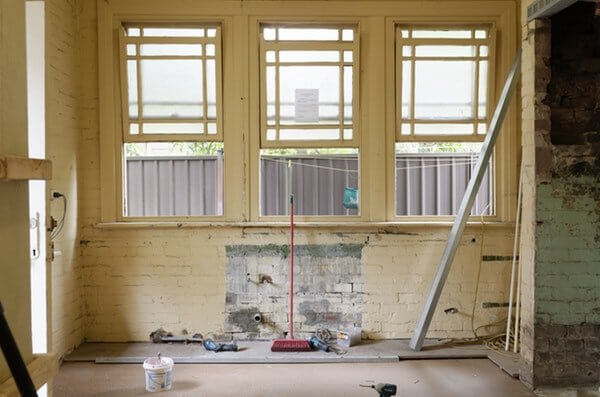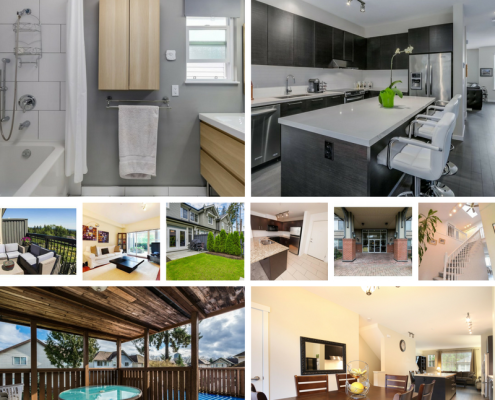Home Inspection 101 Inside The Inspectors Head :
Home Renovation and Permits
Featured Blog Post Written By Aaron Borsch from Core Inspect
Things have really picked up since my last blog with volume, and changes in the market. But after a long break, I wanted to continue what I’ve been talking about in my series. As promised I wanted to speak on renovations to existing houses.
When I speak on renovations, this could mean from re-doing the kitchen, to adding whole additions or floors. Some of these renos are simple, others require permits and planning. The difficulty can come with an older house with an older design, and adding something that may not match an older design infrastructure.
Here are some common subject matters regarding home renovation and permits that I get asked about often.

Do I need permits?
The age old question of permits. Why do we need permits to begin with? Well, it’s because permits show that whatever has been built, has been built acceptable to the provincial and/or municipal code.
This can help in several ways. One is that you know its been done right. The other may be applicable for insurance. There are always questions if insurance will cover something if it hasn’t been done to code.
So now, when do you need to get permits? It can change from jurisdiction to jurisdiction, but general rule of thumb is, anything you change that has something to do with plumbing, electrical, structural (including partition walls) or gas lines requires a permit.
For example: If you want to put up a new deck in the back, that would be considered something structural, and you would need permits. If you want to plumb a new water line to an area you want to put a bathroom in, you would need a permit. However if you want to change your kitchen cabinets, that has nothing to do with any of the items, so you would not need a permit.
Removing a wall
Older houses generally were designed very compartmentalized, and the more modern popular design is a more open space. This usually means removing a wall or two.
When removing a wall, it always depends if the wall is structural or not. If it is not structural, it would be pretty simple, because you would not need extra support. If it is structural, it can still be done, but the support cannot be removed completely. Likely you would need posts and built up bulk heads or beams to support the above structure.
Either one, based on the above rule, would likely require permits.
Adding a bathroom or kitchen
When adding any room that requires water, or drainage, you need to find a source for that water, and be able to drain it somewhere.
With things like bathrooms, this can be difficult if you are wanting to put one in, for example, in the basement. To put a drain it, it may be required to drill through concrete to run it, which can be expensive.
One cheaper option I’ve seen is raising the floor, and running the drains under the raised floor. However it does lower the height of the basement, and if you already of a low basement, it may not be practical.
Kitchens and bathrooms also require methods of exhaust for fans. And kitchens especially need extra power requirements if running an electric stove.
Just remember that when deciding where to put all of these rooms, that you also need to consider where you need to run all the water, electrical, or exhaust items, and how will it be done.
Closing in a carport
It is common to see building upgraded by closing in a car port. I’ve seen many ways that car ports get closed in by building a wall directly on the concrete. This increases risk of moisture coming in when it rains, because the wall isn’t supported on a foundation wall.
If the car port doesn’t have a foundation wall raised up, it may be worth spending extra money to do so to avoid costly water damage down the road.
Conclusion
There are many kinds of renos you can do, from small to large. I think the key part is remember everything you need to bring in to make that reno work.
Next Time
Next blog I will speak on renovations on brand new construction



